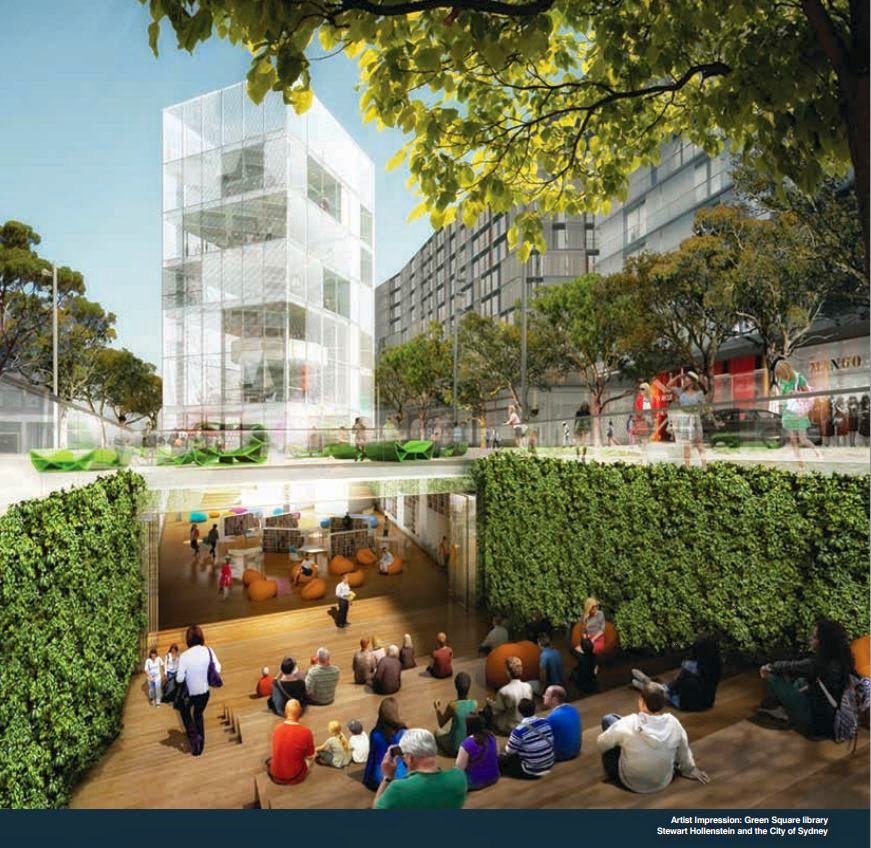Funky Sydney or Melbourne wannabe?
The City of Sydney has released its Draft Cultural Policy and Action Plan for comment.
And this is where the Melbourne similarities begin, cue hipster sighs: activating and creating laneways, street art, clusters of creative, more culture…
But why can’t Sydney have more of these things? Melbourne will always be Melbourne but it will be interesting to see some of these cultural initiatives evolve and what the differences really are when the same concepts are applied in different cities.
The City of Sydney identifies the main barrier to more culture as the red tape that comes along with it – council and other restrictions, not to mention costs, for events or installations that are sometimes only temporary.
What struck me as soon as I got in to the document was the enormous amount of consultation undertaken through a variety of different mediums. Tweeting, texting, online surveys, open forums and community meetings – this is the future.
So take a look at this document and make some noise!
Be warned, it’s not a light read!
But once you delve into it, there is some exciting stuff in here, not to mention some pretty pictures. How does this sound as an ultimate outcome: ‘A critical mass of cultural experiences and creative works are created, preformed and preserved’? Well that’s what it’s aiming to deliver.
The Plan is set out with six key priorities, which gives it a good structure:
· Precinct distinctiveness and creativity in the public domain
· New avenues for creative participation
· Sector sustainability: surviving and thriving
· Improving access, creating markets
· Sharing knowledge, and
· Global engagement.
Each priority has clear and concise actions with a short, medium or long term timeframe assigned against each one.
My favourite section, probably because I can see how this can be put into action (or how our regulatory systems are not always helping making this happen), is precinct distinctiveness and public domain development. This is really looking at community development and getting more people to spend more time in areas around the city for the right reasons (no protesting or looting involved). I don’t think you can go wrong with promoting this as a priority in order for a city to flourish. This section looks at festivals, public art in many forms, events, culture and new ‘pop ups’.
But once you delve into it, there is some exciting stuff in here, not to mention some pretty pictures. How does this sound as an ultimate outcome: ‘A critical mass of cultural experiences and creative works are created, preformed and preserved’? Well that’s what it’s aiming to deliver.
The Plan is set out with six key priorities, which gives it a good structure:
· Precinct distinctiveness and creativity in the public domain
· New avenues for creative participation
· Sector sustainability: surviving and thriving
· Improving access, creating markets
· Sharing knowledge, and
· Global engagement.
Each priority has clear and concise actions with a short, medium or long term timeframe assigned against each one.
My favourite section, probably because I can see how this can be put into action (or how our regulatory systems are not always helping making this happen), is precinct distinctiveness and public domain development. This is really looking at community development and getting more people to spend more time in areas around the city for the right reasons (no protesting or looting involved). I don’t think you can go wrong with promoting this as a priority in order for a city to flourish. This section looks at festivals, public art in many forms, events, culture and new ‘pop ups’.
And this is where the Melbourne similarities begin, cue hipster sighs: activating and creating laneways, street art, clusters of creative, more culture…
But why can’t Sydney have more of these things? Melbourne will always be Melbourne but it will be interesting to see some of these cultural initiatives evolve and what the differences really are when the same concepts are applied in different cities.
The City of Sydney identifies the main barrier to more culture as the red tape that comes along with it – council and other restrictions, not to mention costs, for events or installations that are sometimes only temporary.
 |
| Credit: Green Square library, Stewart Hollenstein and the City of Sydney |
This comes back to the policy makers, the planners and the enforcement officers – where the City needs to take a look at itself and become an enabler for an enlivened and revitalised city. The actions out of this section all set out short term strategies for changes to the City regulatory process and in particular the planning system – which is definitely a step in the right direction. There is talk of making processes more streamlined and not just for the big players. But are the strategies too vague? Do they offer certainty and clear direction about what changes are needed? What would you planners out there suggest?
What struck me as soon as I got in to the document was the enormous amount of consultation undertaken through a variety of different mediums. Tweeting, texting, online surveys, open forums and community meetings – this is the future.
So take a look at this document and make some noise!


This place is amazing, and the view is spectacular. I was here for a network event and our company party. They are very different set-ups but both were very well done.
ReplyDelete